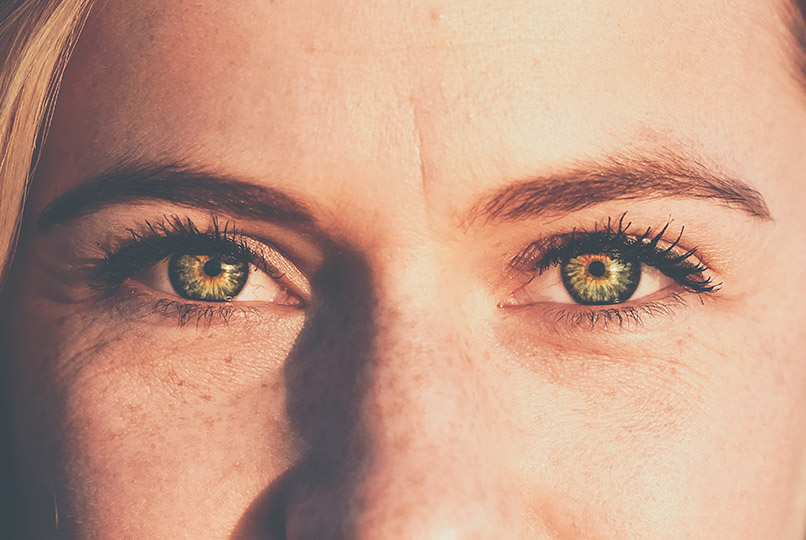Is it a mole or is it a freckle? Moles and freckles are pigmented spots that commonly occur on the skin and can be found anywhere on the body. So, what exactly is the difference between the two?
The fastest and easiest way to tell the difference, is to feel the area. Moles are often raised and generally darker in coloring, while freckles tend to be flatter and lighter.
Freckles are pigmented skin spots caused by UV radiation/damage that occurs during childhood. Melanocytes transfer more melanin to the keratinocytes, trying to protect the skin from further UV radiation and damage by reflecting or absorbing harmful UV rays. Freckles are unevenly distributed clusters of melanin on the top layer of your skin.
Moles are areas of darker pigmented spots (brown or brown/black) they are long-lasting and are only indirectly associated with exposure to the sun. The average adult has anywhere between 30-40. Moles, are comprised of active melanocyte cells that grow in a cluster as opposed to distributing evenly throughout the skin.
Freckles and moles have two things in common, there is a genetic predisposition to get them, and they are darker than the surrounding skin. The most important difference between the two however; freckles do not have susceptibility to malignancies.
If this area of dermatology has you feeling rather confused, there’s no need to worry. To help you determine what those brown spots are that are showing up, we’re breaking down the key differences you need to know. It’s incredibly important that you can distinguish between the two so you know when something requires a visit to the dermatologist.
What Are Freckles?
For many people, freckles appear during childhood and remain with us throughout our lives. Freckles become darker when your skin has been exposed to the sun in the summer time and become lighter in the fall and winter, when you’re more covered up and UV rays are less intense.
Typically, freckles are lighter in color than moles commonly found on the face, shoulders, chest and arms.
There are a few different types of freckles, some have simple freckles, medically known as ephelides. These spots disappear in the winter and reappear in the summer. This is the most common type of freckles, often found on those with a lighter skin tones and often due to genetics. Lentigines develop due to excess sun exposure and are often referred to as sunburn freckles, they are commonly visible year-round.
What Are Moles?
Moles can occur anywhere on the body, even in spots that never see the sun. We typically develop moles from the time we are six months old, until we are approximately 30 years old. Often, the color and size of moles can vary from, brown, tan, black and even red, or pink; oval or round in shape, they can feel smooth or wrinkled and can be flat or raised. Moles, change slowly over months and years, which is why they need to be monitored. Anyone with a large mole count should see a dermatologist annually.
Important characteristics to keep an eye on are:
- Asymmetry — If one half of the mole doesn’t match the other
- Border — Rragged, blurred, or irregular border
- Color — Different shades of tan, brown, black, blue, white, or red
- Diameter — If the mole is larger than the eraser of a pencil
- Evolution — Different from other moles or changing in size, color, or shape
Prevention and Early detection is key when it comes to minimizing cellular changes or melanoma, Yon-Ka Paris has a comprehensive Sun Care Range that will provide you with superior UV protection and post sun care.
